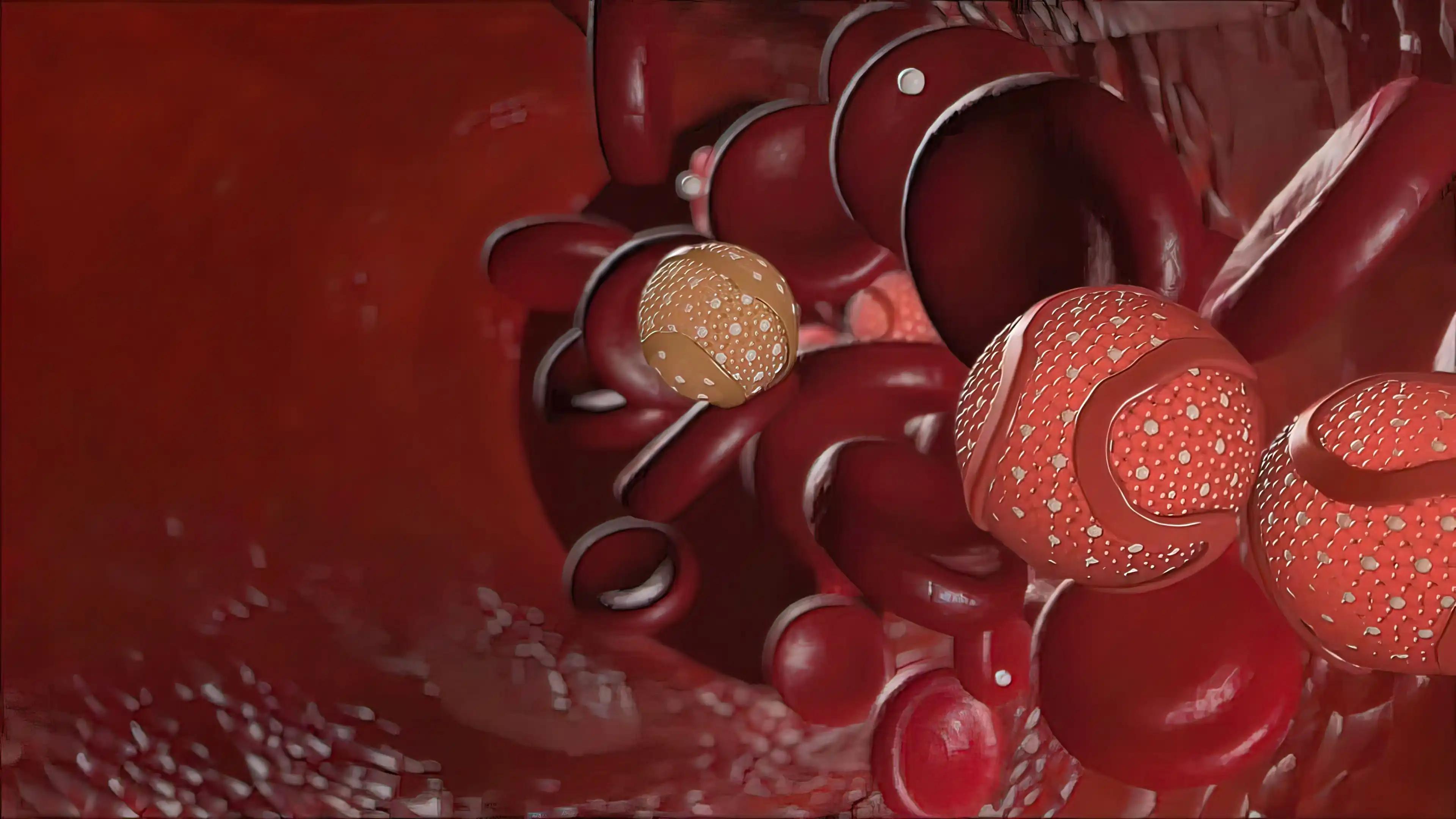KEY TAKEAWAYS
- The study aimed to investigate the clinical and pathological features of B-MCL to improve diagnostic accuracy and treatment strategies.
- Researchers noticed that the aggressiveness of B-MCL necessitates the development of novel treatment approaches to enhance patient outcomes.
Blastoid mantle cell lymphoma (B-MCL) is a rare and aggressive form of lymphoma that presents significant diagnostic challenges due to its blastoid morphology, high proliferation rates, and variable immunohistochemistry (IHC) profiles.
Vidya Monappa and the team aimed to assess the clinical and pathological characteristics of B-MCL to identify factors influencing its aggressiveness and potential areas for novel treatment approaches.
They performed an inclusive analysis of biopsy-confirmed cases of B-MCL diagnosed over a 10-year period (January 2012 to December 2022). The study involved a review of clinical presentations, histopathological and IHC findings, treatment regimens, and survival outcomes. Patients with classic mantle cell lymphoma (MCL) (n=12), diagnosed during the same period, were selected as controls for comparative purposes.
About 12 cases of B-MCL were examined; 4 cases were transformed from previously diagnosed MCL, while 8 cases arose de novo. The mean age was 61.17 years, with a male-to-female ratio of 5:1. Half of the cases exhibited extranodal extension, and 81.8% had bone marrow involvement, with the gastrointestinal tract being the most common site of extranodal involvement.
Histopathological examination revealed diffuse involvement of the lymph nodes with medium-sized cells. IHC showed that one case had a loss of CD5 expression, and another had aberrant CD10 expression. The mean Ki-67 index was 58.09% in B-MCL cases compared to 16.33% in controls, with this difference being statistically significant (P=0.005).
The median overall survival (OS) for B-MCL cases was 2 years, whereas it was 8 years for controls. Additionally, p53 overexpression (>30% nuclear positivity) was observed in 66.6% of the cases (4/6).
The study concluded that multiple factors contribute to the aggressiveness of B-MCL, highlighting the need for new treatment approaches to enhance patient outcomes.
No funding information was given.
Source: https://pubmed.ncbi.nlm.nih.gov/39099606/
Monappa V, Prabhu S, Kudva R, et al. (2024). “Clinical and pathological characteristics of blastoid mantle cell lymphoma: a single institution experience.” F1000Res. 2024 Jul 26;13:525. doi: 10.12688/f1000research.149582.2. PMID: 39099606; PMCID: PMC11297385.



